Symptoms and diagnosis of melanoma
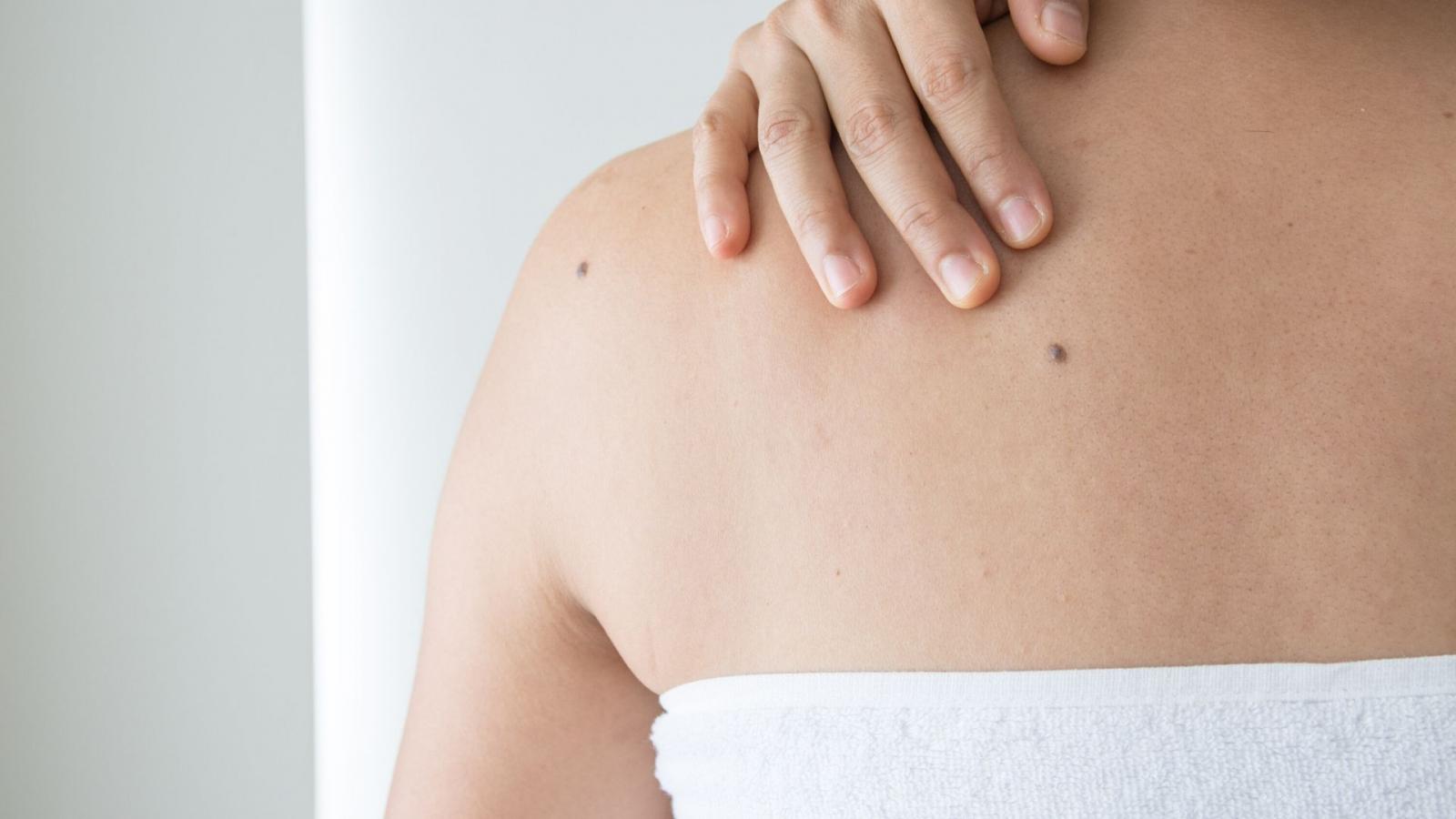
On this page:
Symptoms of melanoma
The most common symptoms of melanoma are:
- A mole that suddenly gets bigger or you find a new one on your skin
- A mole that develops a ragged or uneven outline
- A mole with a mixture of different shades of brown, black or other colours through it
- A mole that is bigger than the blunt end of a pencil
- A mole that looks red or inflamed around the edges
- A mole that is bleeding, oozing or crusting
- A mole that starts to feel different, for example, slightly itchy or painful
If you have any of the above signs, get them checked out by your doctor as soon as possible. They will examine you and decide what to do. Melanoma has a very good chance of being cured if diagnosed and treated early.
When checking a mole, look for the ABCDE:
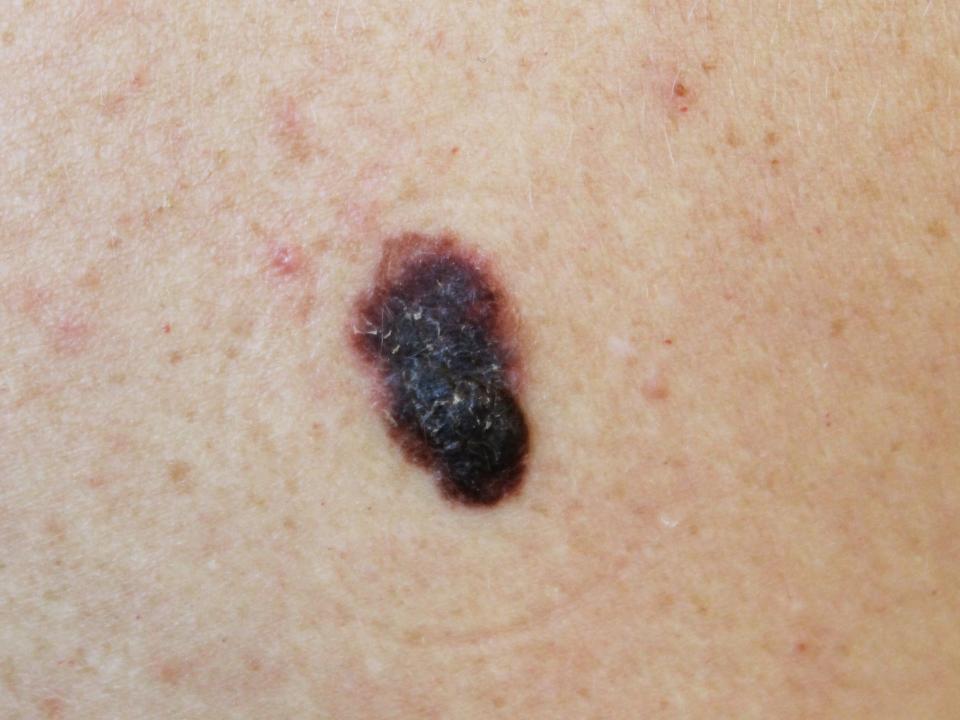
Asymmetrical moles
A change in shape: one half is unlike the other.
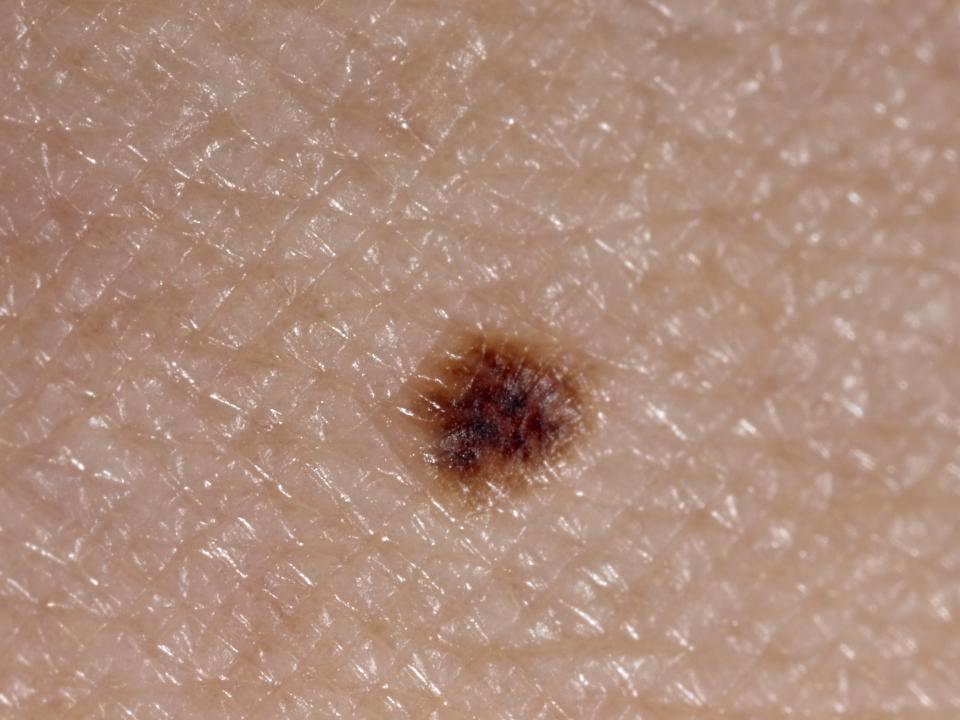
Border of a mole
A change in the edges: they look blurred or jagged.
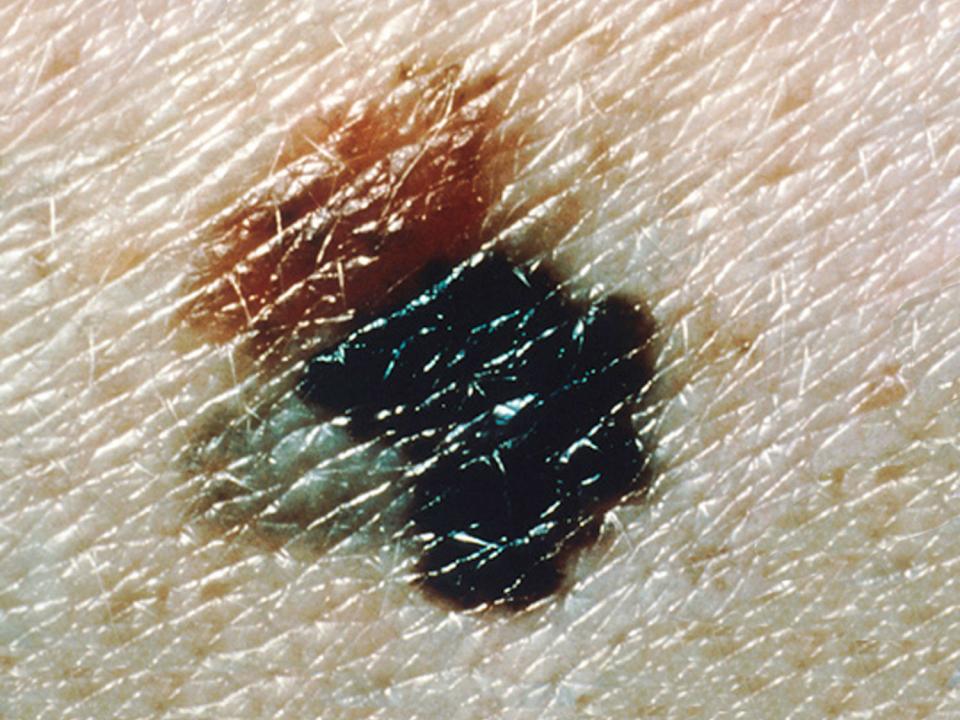
Colour of a mole
A change in the colour or differences within the mole: shades of tan, brown, black or even white, red or blue.
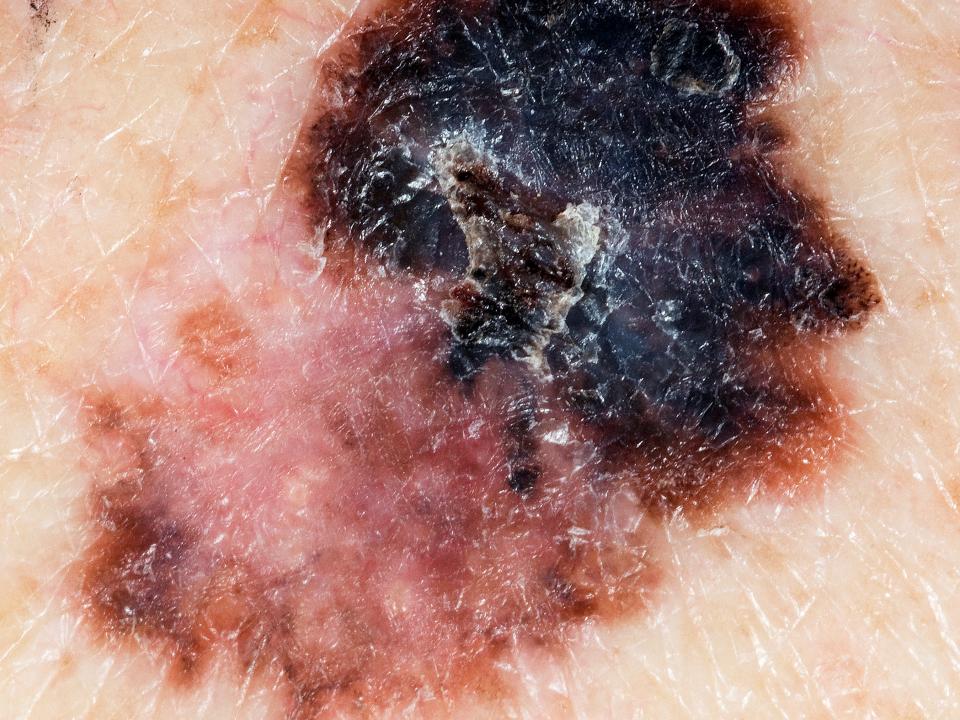
Diameter (width)
Any change in size. Most melanomas are larger than 6mm (the size of the
top of a pencil) and keep growing.
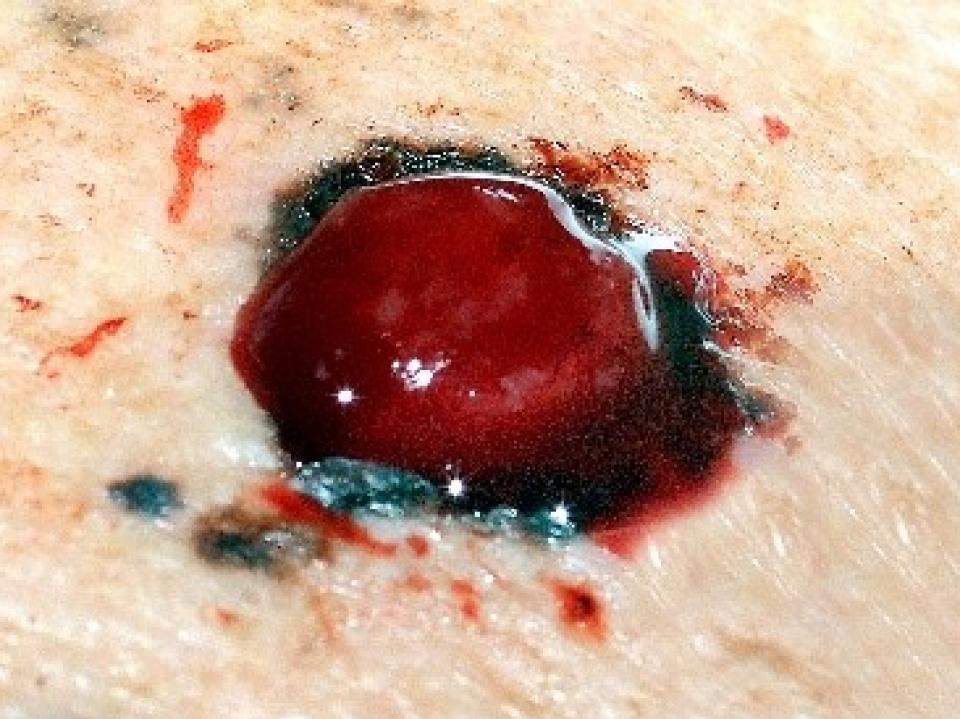
Evolving
Melanoma moles often change (evolve)
Skin changes aren’t necessarily cancer. But it’s important to go to the GP and get any unusual changes checked out. If melanoma is diagnosed and treated early there is a very good chance of a cure.
Can I be screened for melanoma?
Testing for melanoma when you have no symptoms is called screening. There is no national melanoma screening programme in Ireland at present. The best way to check for early signs of melanoma is to check your skin for changes every month. This can help you to learn the moles, freckles and other skin marks that are normal for you. Read more about how to check your skin
If you have a risk factor for melanoma, talk to your doctor about getting checked more often.
Diagnosing melanoma
Visit your family doctor (GP) first. They will examine your skin carefully. They can then refer you to hospital for more testing by a skin specialist (dermatologist).
Excision biopsy
A biopsy means taking a sample of cells and looking at them under a microscope to see if there are cancer cells in the sample. With an excision biopsy, the entire mole or affected
tissue is removed and examined in the laboratory. The doctor who does the surgery is a dermatologist or plastic surgeon; the doctor examining the mole is a pathologist.
If melanoma is found early, you may not need any more treatment after the mole is removed. If more treatment is needed, your doctor will talk to you about your options. For example, scans may be needed to find out if you need more treatment. We have information on these treatments for melanoma.
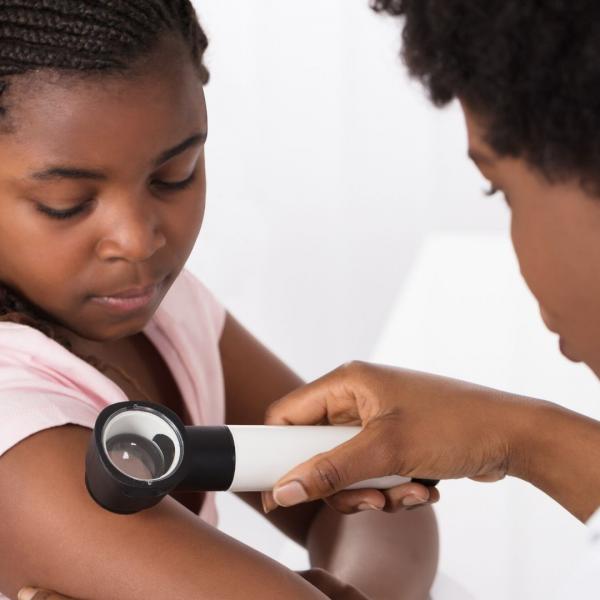
A dermatologist is a doctor who specialises in treating skin problems.
For more information
Phone
1800 200 700


